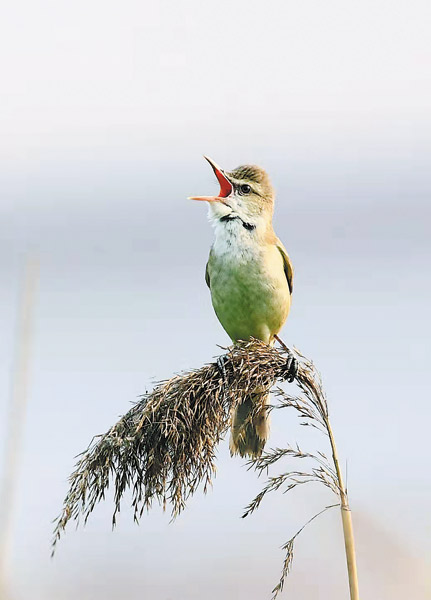

After seven years, it was hard for him to discover new types of birds in his hometown, so he made a summary of what he has done. He found he had recorded more than 100 types of birds, and then published a book introducing them with his photos. It was welcomed by local people.
Then he shifted his attention to plants on the Taihang Mountains, the range that stretches about 400 kilometers through Hebei, Shanxi and Henan provinces, and Beijing.
Shahe is located in the eastern foothills of Taihang. The environment of his hometown has enabled Liu to have a relationship with nature from childhood.
"I grew up walking on the mountains in search of grass for pigs on my family farm to eat, and noticed many plants. Although I often saw them, I didn't know their names, so I always felt curious about them," says Liu.
He captured the plants he saw with his camera, then searched them in the Plant Photo Bank of China, an online guide developed by the Institute of Botany, Chinese Academy of Sciences, to identify them. Sometimes he also read books about the plants on the Taihang Mountains, and tried to find them. For example, he read records of Taihangia rupestris, a rare plant that blooms on steep slopes in early spring. Exploring the mountains in the autumn of 2015, he found some "unknown "plants on a cliff, adorned with just their leaves, took photos and remembered the location.
After comparing his photos with those in the plant photo bank, he inferred they might be leaves of Taihangia rupestris. In the next spring, he reached the same spot but was disappointed to find only leaves. In the spring of 2017, he finally saw the flowers he had waited for, identified and took photos of them.